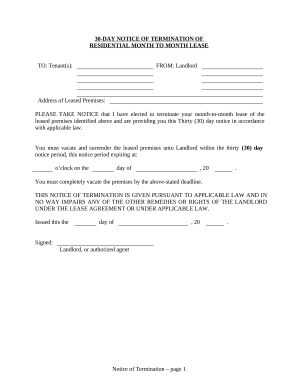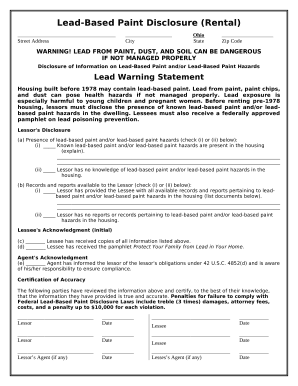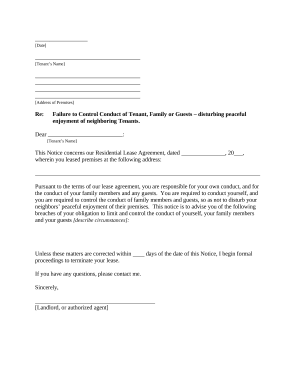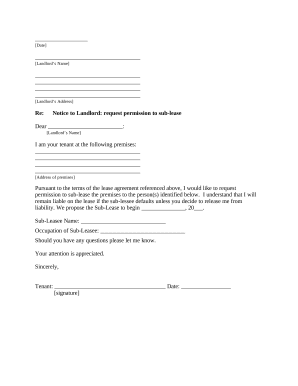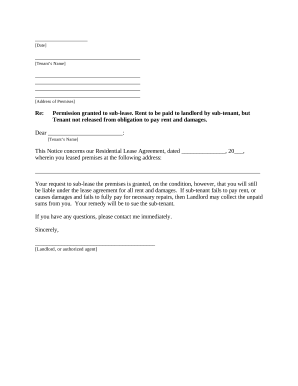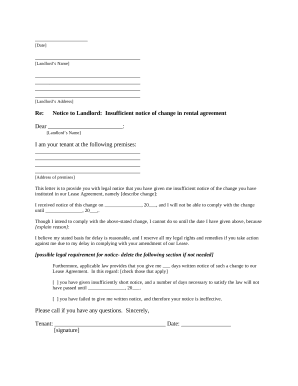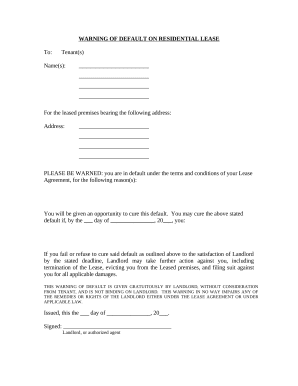Increase your productiveness with Ohio Landlord-Tenant Legal Forms
Document management takes up to half of your office hours. With DocHub, you can reclaim your time and enhance your team's productivity. Get Ohio Landlord-Tenant Legal Forms category and investigate all form templates relevant to your day-to-day workflows.
Easily use Ohio Landlord-Tenant Legal Forms:
- Open Ohio Landlord-Tenant Legal Forms and utilize Preview to find the appropriate form.
- Click Get Form to start working on it.
- Wait for your form to open in the online editor and begin editing it.
- Add new fillable fields, icons, and pictures, adjust pages order, and many more.
- Fill out your form or prepare it for other contributors.
- Download or deliver the form by link, email attachment, or invite.
Accelerate your day-to-day document management with the Ohio Landlord-Tenant Legal Forms. Get your free DocHub account right now to discover all forms.

